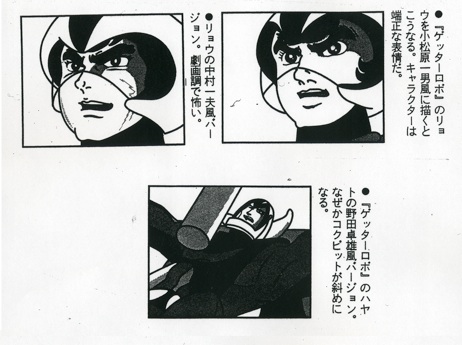Japanese Animation and New Media
Week Eight: Chapter Twelve: Otaku Imaging
There are many ways of defining otaku, and commentators frequently linger on the first use of the term in print and the subsequent debates over its meaning. In the context of Okada’s book, otaku refers primarily to male fans of a specific lineage of anime — animated television series and, with the emergence of the VCR, original video animation (OVA) released on video for purchase or rental — with an emphasis on future war, apocalyptic or post-apocalyptic worlds, space travel, interplanetary or galactic war, or mecha, including anime adaptations of Matsumoto Leiji manga (Space Battleship Yamato, Galaxy Express 999, Captain Harlock), the Gundam series, the Macross series, and other mecha anime (Gigantor, Gachaman, Getter Robo, etc). In sum, he focuses mostly on male SF-mecha-war otaku.
With the advent of the VCR, these otaku began to tape their favourite animated TV series and replay them. Not only did otaku develop huge collections of anime, manga, video games, and related toys, magazines, and other goods, but they also began to look at anime differently. Okada notes how these otaku became exceedingly discriminating viewers, even noting the differences in styles of animation for same characters in a series done by different animators. Okada uses the example of three versions of the character Ryō from the 1974–75 animated series Gettaarobo (Getter Robo), one drawn by Komatsubara Kazuo, another by Nakamura Kazuo, and a third by Noda Takuo.



